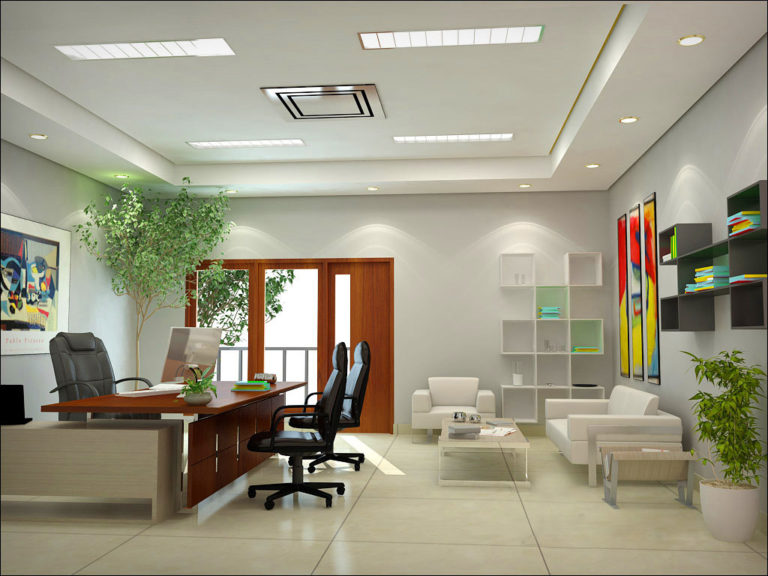Contemporary designers are much involved with commercial spaces—such as stores, hotels, motels, and restaurants. Many designers and design firms specialize in highly specific spaces such as restaurants, and others may become specialists in the design of showrooms for the garment industry. Frequently, the design of a restaurant, shop, or hotel must be keyed to a theme. It might be a nautical theme for a yacht club or a theme based on the artifacts of the particular region in which a hotel is located. Obviously, all commercial spaces must be designed in a highly functional way. A store with a beautifully designed interior will fail if it does not work for circulation of customers, for display, for storage, and above all for sales. Some of these functional needs create difficult design problems. A hotel or motel room, for instance, must be designed for use by individuals, couples, and family groups. Maintenance is also an important factor in the design of commercial spaces.

Religious interiors
Religious architecture is heavily influenced by symbolic concepts as well as by the ritual and traditions of a particular faith. Designers of religious interiors must, therefore, base their approach on a set of rules preceding all other design considerations. The simple and modest Quaker prayerhouses, for instance, express the tenets of that faith as clearly as some of the richly appointed Roman Catholic and Eastern Orthodox churches.
Industrial interiors
Industrial interiors do not usually involve interior designers. There are, of course, many industrial spaces, such as workshops, laboratories, and factories, that have been planned by architects and designers, and there are a few that have stressed some aesthetic considerations. By and large, however, industrial interiors are created as strictly functional spaces. For this very reason, some of these spaces are quite beautiful. This may sound paradoxical, but, like the modern bridge or airplane, they can be extremely handsome without the conscious attempt to create beauty.
Special interiors
Although an attempt was made to classify the kinds of interiors that are the prevalent concern of interior design, there are many kinds of special interiors that at times fall within the larger field of environmental design and that do not fit into a particular category or even a professional subspecialty. Transportation design may be part engineering, part industrial design, part architecture, and part interior design. Interiors of ships are certainly interior design, but the interiors of automobiles, aircraft, and trains are often a combination of many specialties. The advent of large commercial aircraft has taken the aircraft interior out of the area of the strictly functional, and, indeed, the introduction of these large planes has seen an intense competition among the airlines to create spaces that go beyond the concept of mere seating. Also included in transportation design are the terminal buildings associated with air, road, and water transportation systems.
A less spectacular example is the field of exhibition design, another area of design having interfaces with other fields, including, in this case, graphics and advertising. Related to this field are museum design and exhibition and the preservation and restoration of historic buildings.
 No products in the cart.
No products in the cart.